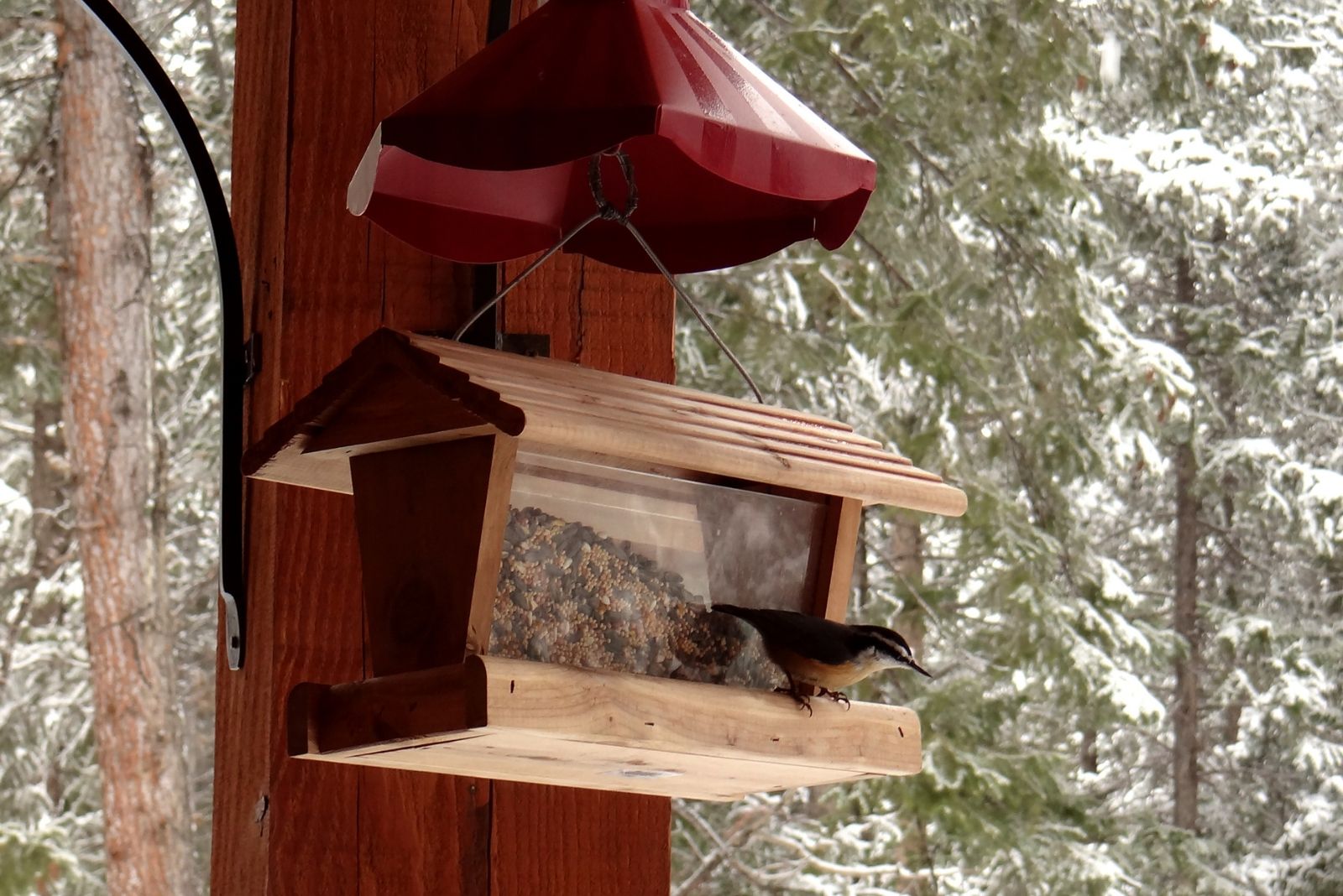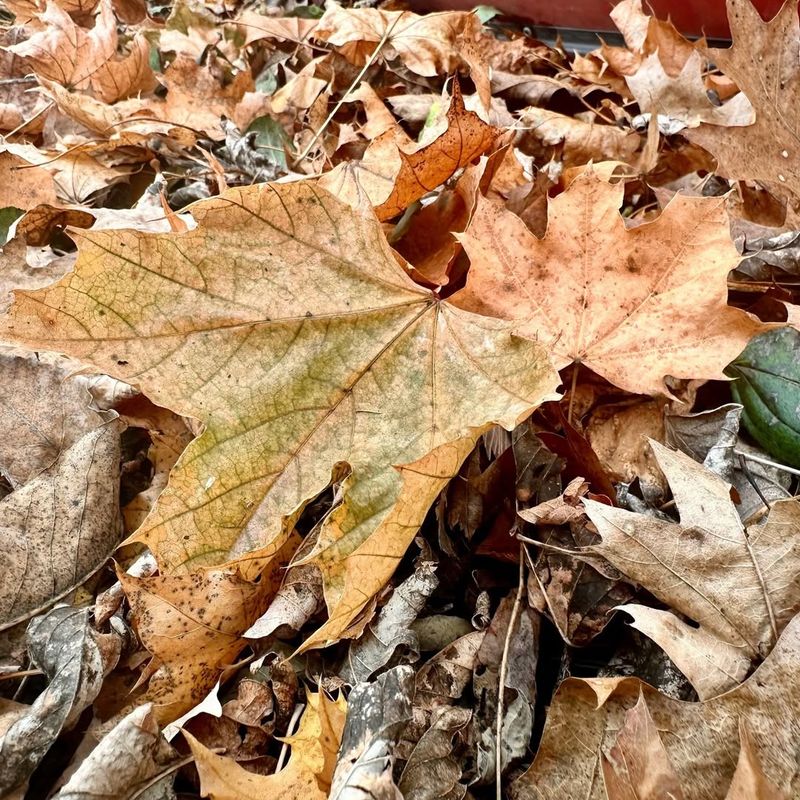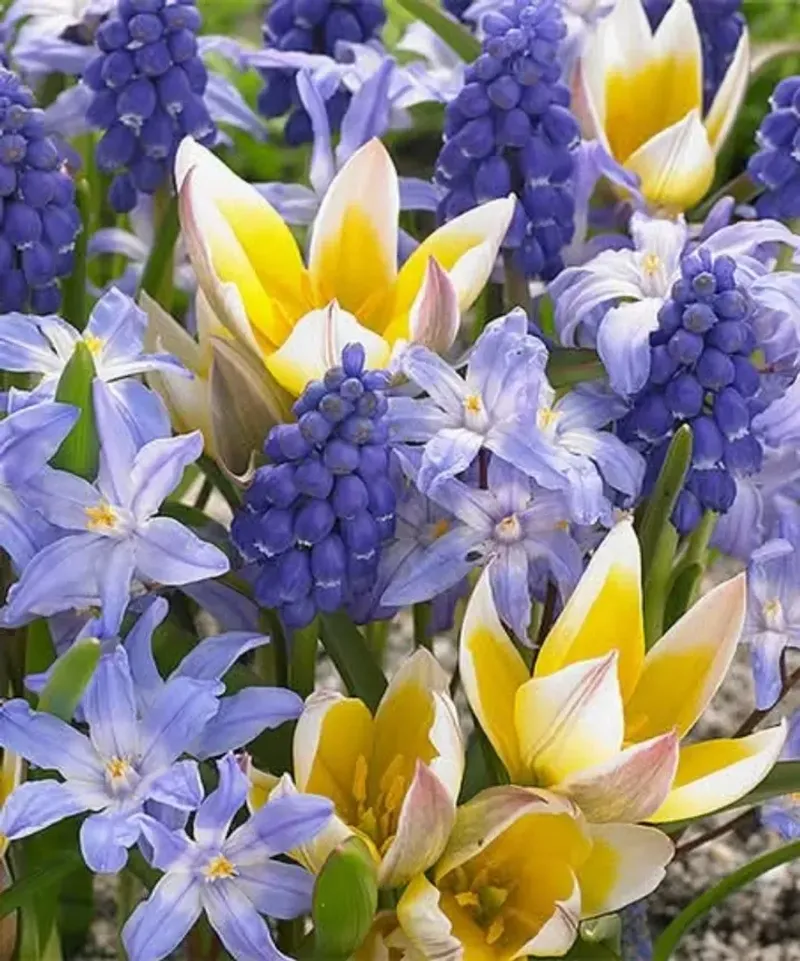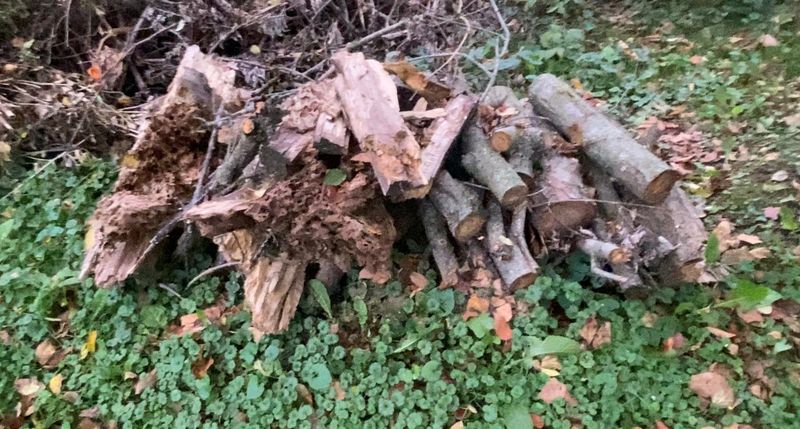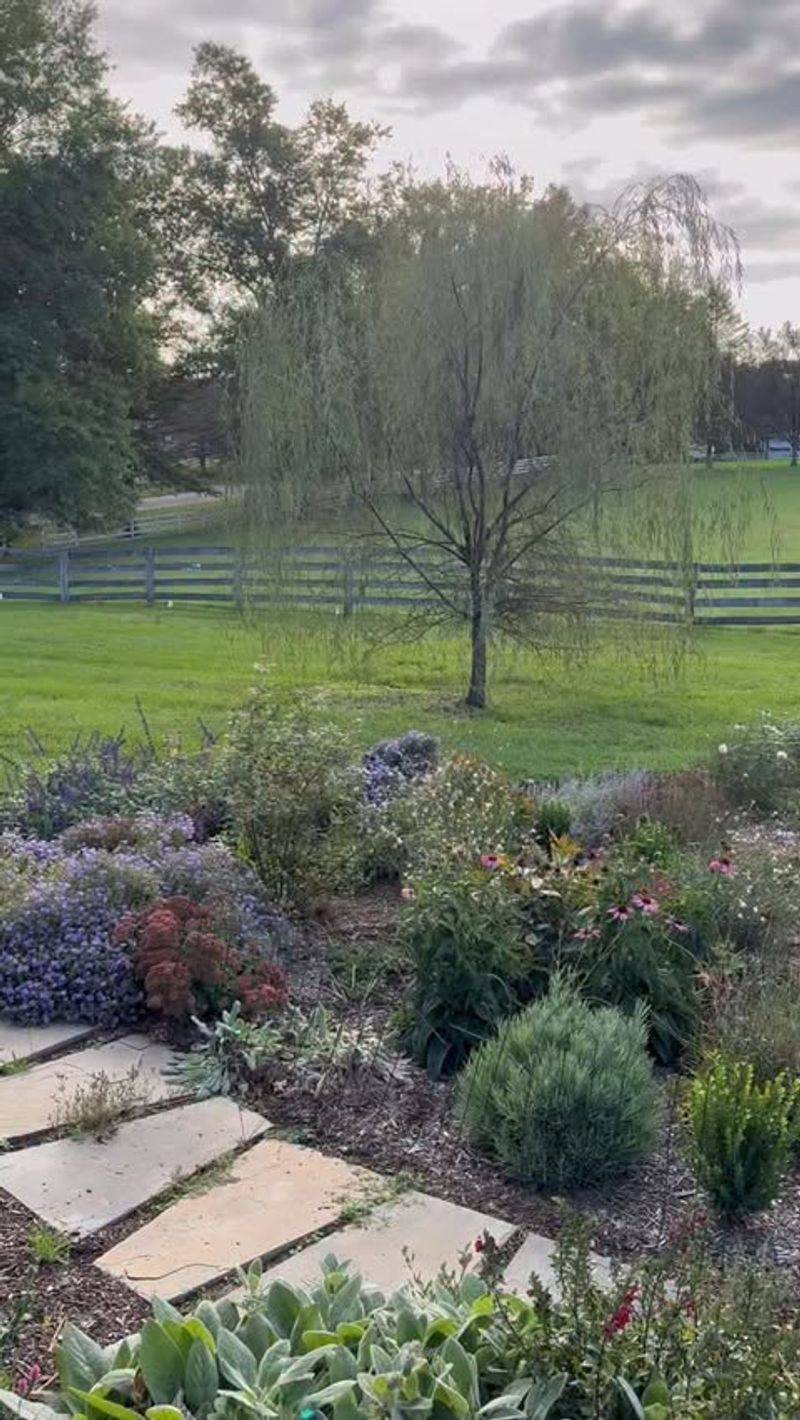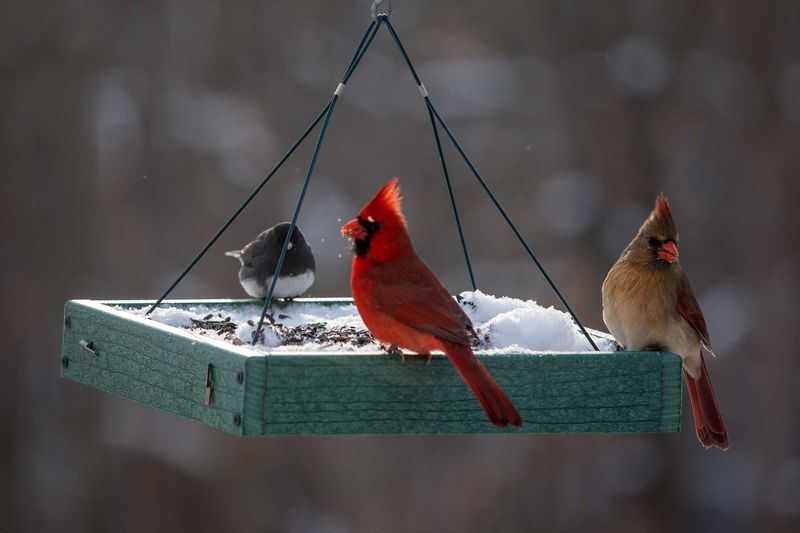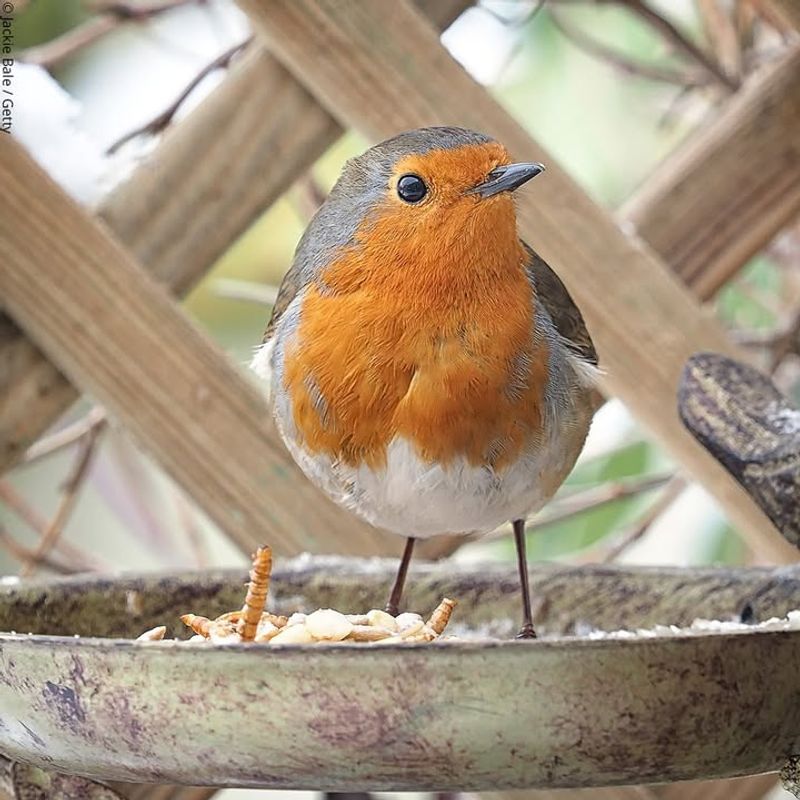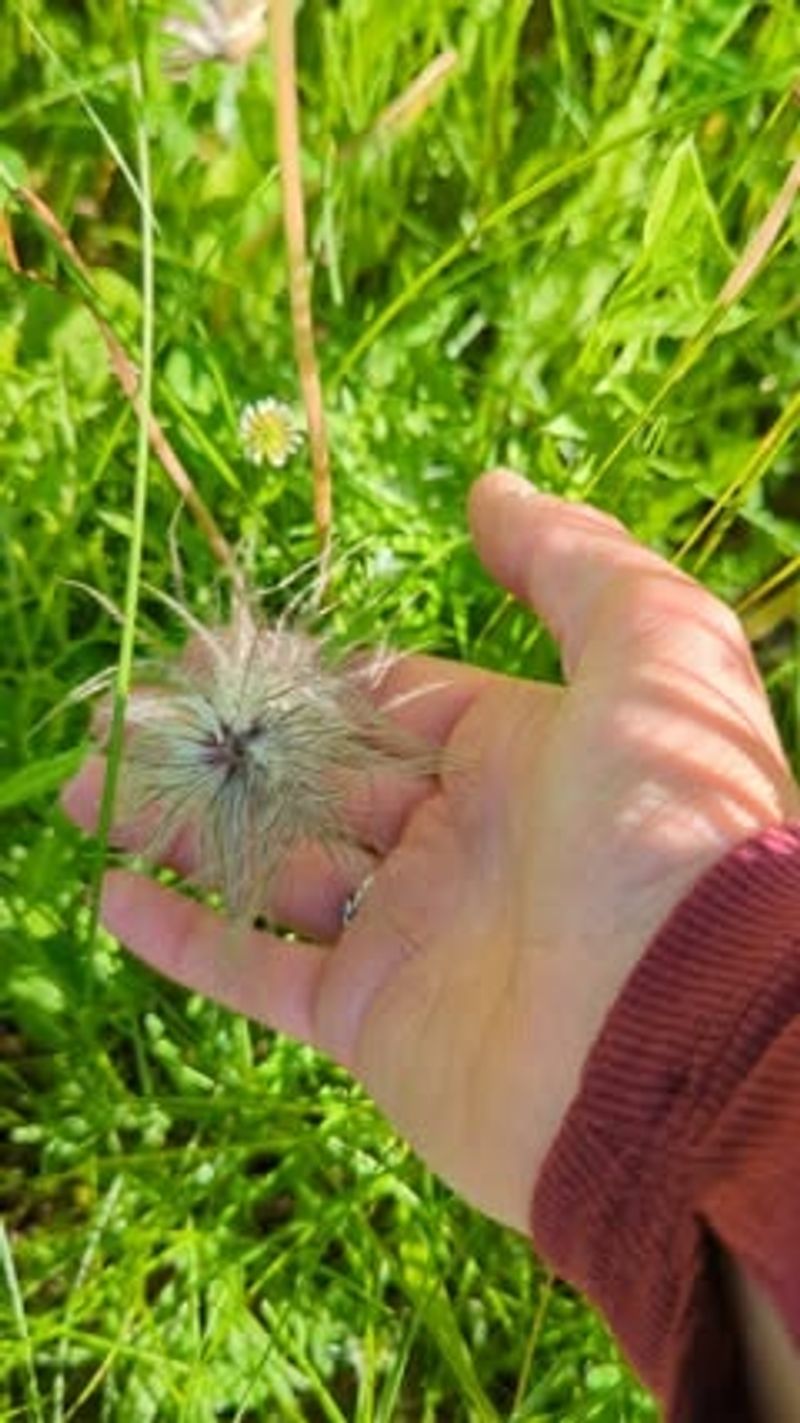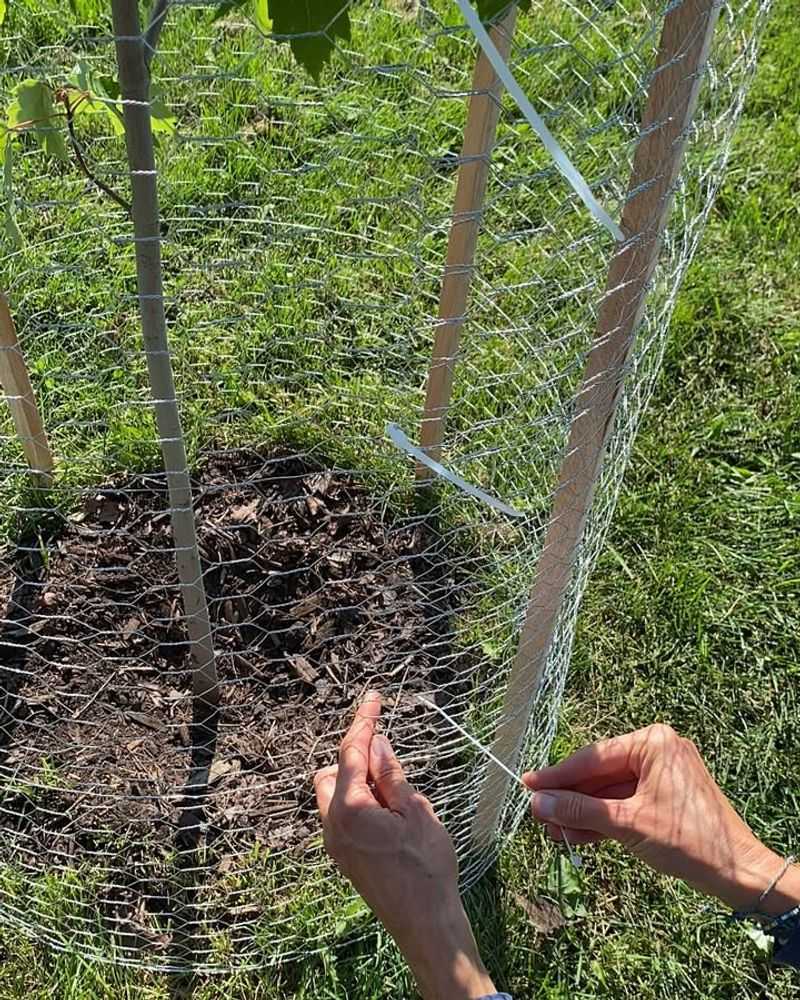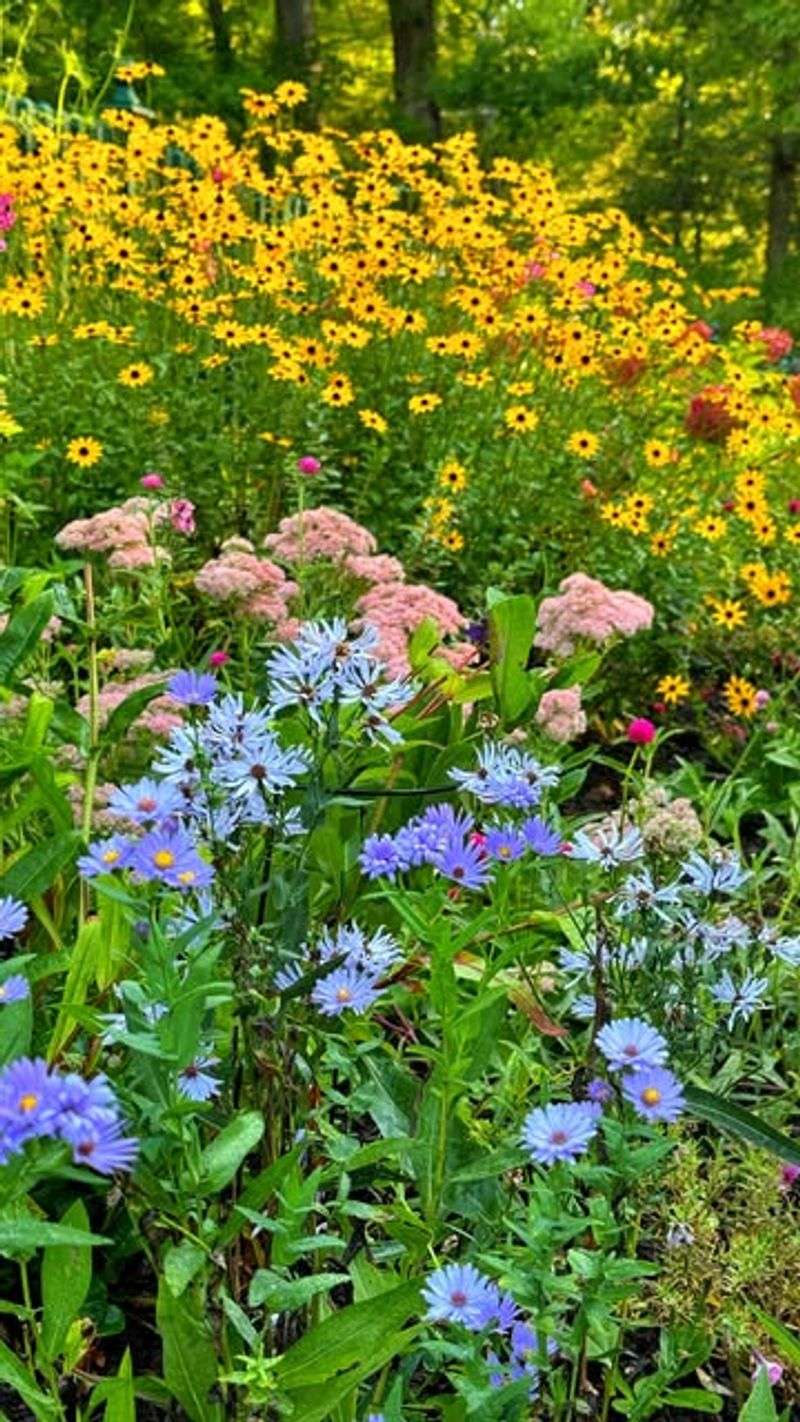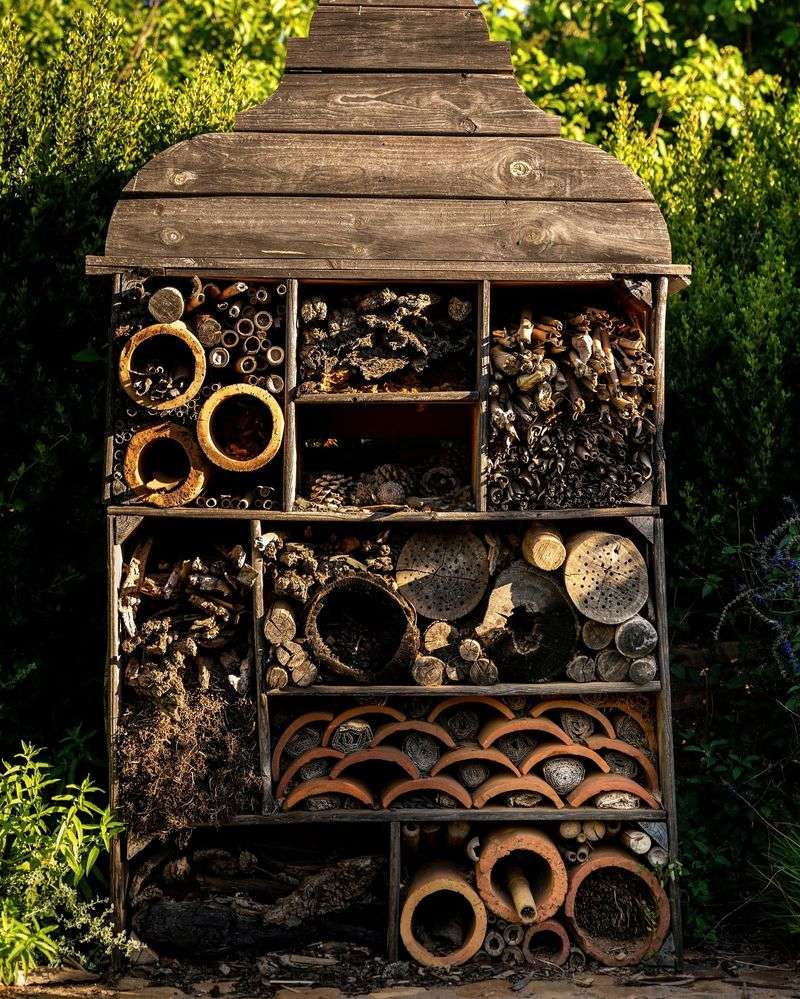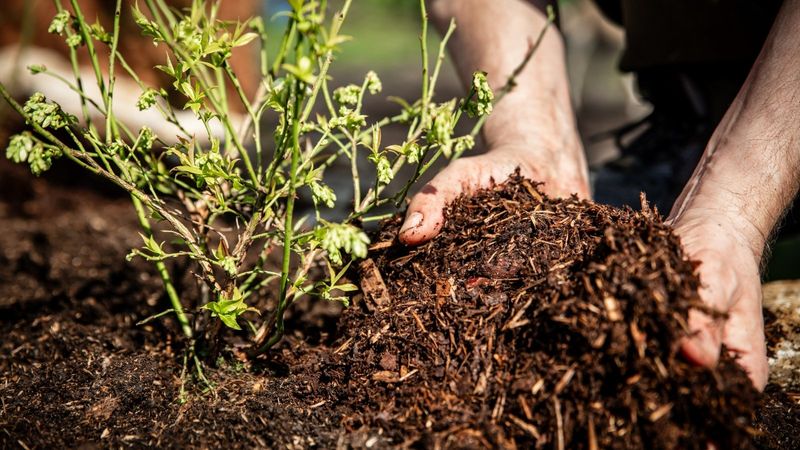October in Minnesota brings crisp air, falling leaves, and a garden in transition. As wildlife prepares for the harsh winter ahead, our gardens can become crucial sanctuaries that provide food, shelter, and protection during the cold months.
Taking the right steps now helps create a thriving ecosystem that supports birds, beneficial insects, and small mammals through winter. Having tended Minnesota gardens for years, I’ve learned that October’s work determines which creatures visit during winter and which plants thrive next spring.
These eleven tasks have made the biggest difference in transforming my garden into a year-round wildlife haven while working with our unique northern climate.
1. Leave The Leaves Where Possible
Fallen leaves create natural mulch and vital habitat for countless beneficial insects. Rather than bagging and removing them all, consider leaving leaves in garden beds and under trees where they’ll break down naturally.
Minnesota’s native butterfly and moth species often overwinter as eggs or pupae in leaf litter. By raking leaves only from lawns and walkways, then redistributing them in garden beds, you’re creating winter homes for these pollinators.
In my backyard, I’ve designated “messy corners” where leaves stay untouched until spring. Last year, I discovered these areas attracted more chickadees and juncos, who foraged among the leaves for insects and seeds throughout winter.
2. Plant Native Spring Bulbs
October offers perfect soil conditions for planting spring-flowering bulbs that will provide early nectar sources for emerging pollinators. Focus on native or naturalized options like wild hyacinth, prairie smoke, or shooting star that have adapted to Minnesota’s climate.
Plant bulbs at a depth roughly three times their height in well-draining soil. Group them in clusters rather than straight lines for a more natural look that attracts more pollinators. Add bone meal to the planting hole for better spring blooms.
My front yard transformation began with just twenty wild columbine bulbs planted one October afternoon. The following May, they became the first food source for returning hummingbirds, creating a seasonal connection I now eagerly anticipate each year.
3. Create Brush Piles For Shelter
Small brush piles made from fallen branches and twigs provide essential winter protection for birds, rabbits, and beneficial insects. Position these structures near the edges of your property, away from your home’s foundation but visible from a window for wildlife watching.
Start with larger branches as a base, then add progressively smaller sticks in a crisscross pattern. Aim for a pile about 3-4 feet high and wide, incorporating some evergreen boughs for additional weather protection if available.
The first winter after building a brush pile near my raspberry patch, I spotted a family of cardinals using it during snowstorms. They’d duck inside during the worst weather, emerging to feed at nearby shrubs when conditions improved.
4. Delay Garden Cleanup
Resist the urge to cut back all perennials and grasses in your garden this month. Many native plants with sturdy stems and seedheads provide both food and shelter for wildlife throughout winter.
Leave plants like coneflowers, black-eyed Susans, and native grasses standing until spring. Their seeds feed birds while hollow stems offer nesting sites for native bees. If you must tidy up, focus only on diseased plants or those with pest problems.
Walking through my garden on frosty November mornings, I’ve counted goldfinches, chickadees, and juncos feeding on seedheads I almost cut down. Their acrobatics as they balance on swaying stems have become one of my favorite winter garden sights.
5. Install Winter Bird Feeding Stations
October is perfect timing to set up or refresh feeding stations before Minnesota’s first snowfall. Position feeders where you can easily observe them, ideally near protective cover like evergreens or shrubs where birds can quickly retreat from predators.
Different feeder types attract different species: tube feeders for finches, platform feeders for cardinals and jays, suet cages for woodpeckers. Start with black oil sunflower seeds, which attract the widest variety of Minnesota winter birds.
I learned through trial and error to place my feeders at varying heights. The ground-feeding juncos and sparrows appreciate scattered seeds below hanging feeders, while chickadees prefer feeding at eye level or higher.
6. Prepare Water Sources For Winter
Wildlife needs reliable water sources even as temperatures drop. Install heated bird baths or add heaters to existing baths before the first freeze. Position water features in protected areas away from prevailing winds but visible from your home.
Clean bird baths thoroughly now to remove algae and debris. For ground-level water sources, consider adding rocks or branches that extend above the water line, giving smaller creatures safe places to perch while drinking.
The first winter I installed a heated bird bath, I was amazed to see not just birds but also deer and rabbits visiting for drinks during January thaws. It quickly became the most active wildlife spot in my yard, especially valuable during Minnesota’s driest winter months.
7. Collect And Spread Native Seeds
Gathering seeds from native plants allows you to expand wildlife-friendly areas while saving money. Focus on collecting from plants like milkweed, bee balm, and native asters that support pollinators and birds.
Collect seeds on dry days when seedheads have fully matured but before they disperse naturally. Store them in paper envelopes labeled with the plant name and collection date. Some seeds benefit from direct sowing in October, mimicking nature’s timing.
My meadow garden began with seeds collected from just three coneflower plants in a neighbor’s yard. Five years later, that small handful of seeds has multiplied into dozens of plants that feed goldfinches all winter and butterflies all summer.
8. Protect Young Trees From Wildlife
Young trees need protection from hungry wildlife during winter when food becomes scarce. Install tree guards around trunks of saplings to prevent rabbit and vole damage, making sure they extend at least two feet above anticipated snow levels.
For protection against deer browsing, surround valuable young trees with wire cages or apply repellent sprays before temperatures consistently drop below freezing. Focus protection efforts on fruit trees, maples, and oaks, which are particularly attractive to winter wildlife.
After losing three young apple trees to winter rabbit damage, I started using spiral plastic guards on all new trees. The simple solution has saved countless trees while still allowing me to provide other food sources for rabbits through strategic plantings elsewhere.
9. Add Late-Season Native Plants
October offers ideal conditions for establishing native shrubs and trees that provide wildlife benefits for years to come. Species like serviceberry, chokeberry, and native viburnums offer berries that persist into winter, feeding birds when other food sources disappear.
Plant woody species early in the month to allow root establishment before the ground freezes. Water deeply after planting and apply a thick layer of mulch to retain soil moisture and protect roots from temperature fluctuations.
The red chokeberry I planted one October afternoon has become my garden’s winter centerpiece. Its bright berries persist until January when cedar waxwings typically arrive in a hungry flock, stripping the shrub bare in a spectacular feeding frenzy.
10. Create Insect Hotels
Beneficial insects need winter shelter, and purpose-built insect hotels provide perfect hibernation spaces. Construct or purchase these structures now and position them in protected locations with morning sun exposure.
Fill insect hotels with natural materials like hollow stems, pinecones, bark pieces, and drilled wooden blocks. Different hole sizes accommodate various beneficial insects, from tiny parasitic wasps to larger mason bees that pollinate spring blooms.
My first homemade insect hotel used an old wooden crate filled with garden materials. The following spring, I watched in fascination as dozens of solitary bees emerged from the bamboo sections, heading straight to my early-blooming fruit trees.
11. Apply Protective Winter Mulch
Adding a fresh layer of mulch in October insulates soil and protects both plant roots and overwintering insects from Minnesota’s temperature extremes. Wait until after the first hard frost to apply winter mulch, preventing rodents from nesting too early.
Use natural materials like shredded leaves, straw, or pine needles rather than wood chips for winter protection. Apply mulch 3-4 inches deep around perennials, leaving a small gap around plant stems to prevent rot and disease issues.
I’ve found that mulching my butterfly garden with a mix of shredded oak leaves and pine needles creates perfect hibernation conditions for mourning cloak butterflies. Each spring, I’m rewarded with these beautiful insects emerging right in my garden before any flowers bloom.

